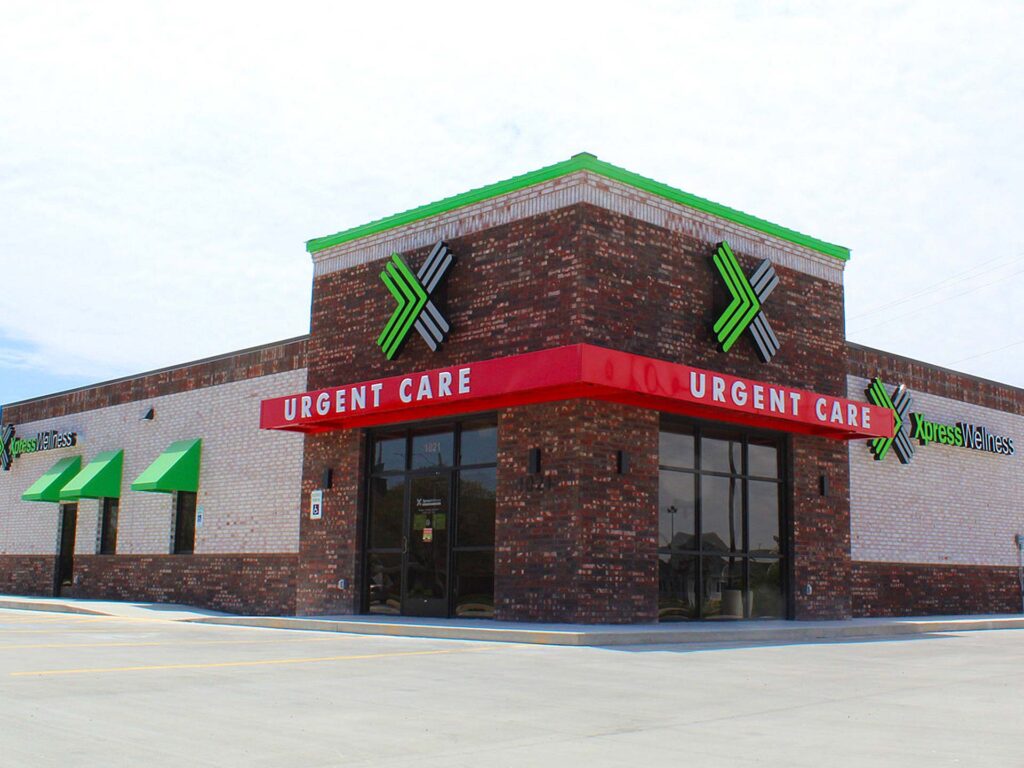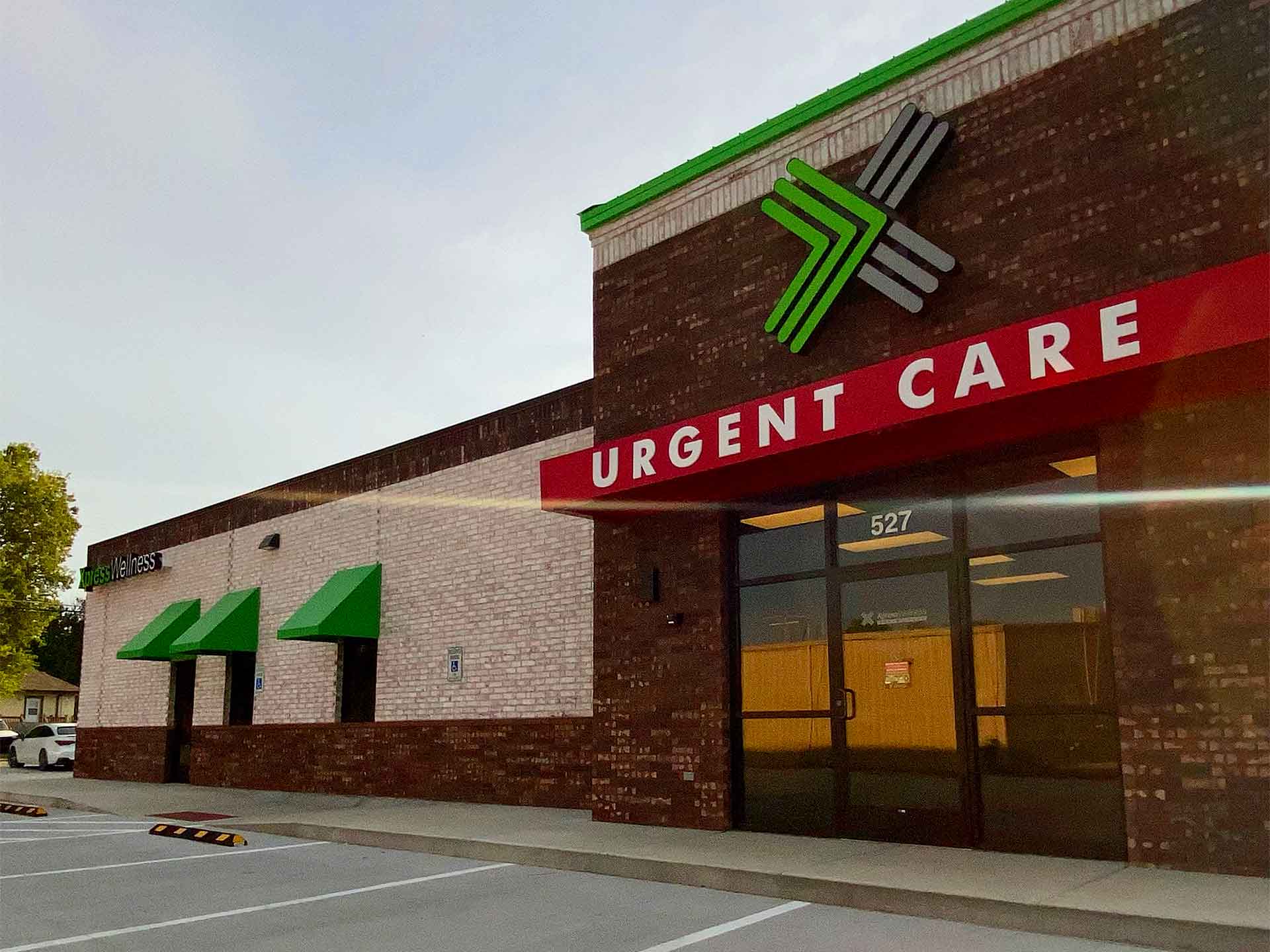Discovering the Most Effective Clinic for Your Urgent Care Needs
Understanding the Function of Urgent Care in Providing Timely Treatment for Non-Life-Threatening Conditions
Urgent care facilities have arised as a crucial element of the medical care landscape, attending to the immediate demands of clients with non-life-threatening problems. Understanding the subtleties of urgent care can substantially impact individual outcomes and the general performance of healthcare distribution.
What Is Urgent Treatment?
Immediate care describes a classification of clinical solutions made to attend to non-life-threatening problems that need prompt attention. These facilities function as an intermediary between health care doctors and emergency spaces, supplying a convenient choice for clients that need prompt care without the considerable waiting times usually connected with emergency situation divisions.
Immediate treatment facilities are generally staffed by physician, including medical professionals, registered nurse professionals, and doctor aides, that are educated to detect and deal with a vast array of conditions. Usual solutions given by these facilities consist of therapy for small injuries, illnesses, and infections, in addition to diagnostic tests such as X-rays and laboratory work.
Additionally, immediate care centers often accept walk-in people, getting rid of the need for visits. Overall, urgent treatment plays a vital function in the health care system, making certain people can access necessary clinical solutions promptly and efficiently.

When to look for care at an immediate treatment facility rather of a main care physician or an emergency area,Numerous people may locate themselves unsure about. Immediate care is made to deal with non-life-threatening problems that require punctual focus but are not severe sufficient to call for an emergency clinic check out.
Typically, one need to think about immediate treatment for problems such as small fractures, sprains, cuts calling for stitches, or infections like urinary tract infections. Additionally, chilly or influenza symptoms, rashes, and sensitive reactions can likewise be suitably handled in this setup.
It is essential to note that urgent treatment is not ideal for lethal emergencies, such as breast discomfort, trouble breathing, or severe bleeding, which require prompt emergency space treatment.
People that do not have accessibility to a medical care medical professional or can not safeguard a prompt appointment may likewise gain from urgent care services. Ultimately, understanding when to utilize immediate care can result in much more effective health care shipment, enabling people to receive the appropriate level of care based on their specific health needs.
Benefits of Urgent Care Centers
Choosing urgent treatment facilities for non-life-threatening problems supplies numerous benefits that improve individual experience and availability. One main benefit is the reduced wait times compared to traditional emergency clinic. Immediate care centers generally operate a first-come, first-served basis, permitting people to obtain timely medical attention without the long hold-ups commonly connected with health center settings.
Additionally, urgent treatment facilities offer extended hours, consisting of nights and weekends, fitting individuals with differing schedules. This flexibility makes sure that individuals can look for care when it is most convenient for them, better advertising prompt intervention.

Moreover, these centers commonly provide an extensive series of solutions, including analysis tests and minor procedures, all under one roofing. This debt consolidation of services not just simplifies the individual experience however also cultivates a much more natural technique to managing non-life-threatening wellness problems, ultimately profiting overall person results.
Common Problems Treated
At urgent treatment centers, a range of non-life-threatening problems can be properly treated, giving patients with timely and obtainable medical help. These facilities are especially experienced at dealing with concerns that official website call for prompt interest however do not posture an instant danger to life or limb.
Usual problems dealt with at immediate care centers include minor injuries such as fractures, strains, and pressures. Urgent care centers are geared up to perform necessary analysis examinations, such as X-rays and research laboratory examinations, enabling them to give extensive care.
Additionally, urgent treatment companies can administer inoculations, assisting to stop the spread of contagious diseases - Urgent Care. They additionally use services for minor procedures, such as suturing injuries or draining abscesses. By offering these varied services, urgent treatment centers play an important role in linking the space between key care and emergency situation solutions, making certain individuals get prompt treatment for a wide array of conditions without the need for long haul times generally associated with emergency clinic
Just How Urgent Care Sustains Healthcare System
Immediate care centers play an essential duty next in supporting the total healthcare system by easing the problem on emergency situation divisions and supplying timely accessibility to healthcare for non-life-threatening conditions. By taking care of cases such as small injuries, infections, and illnesses, urgent treatment facilities permit emergency departments to concentrate on even more important patients needing prompt interest.
In addition, urgent care centers improve medical care availability, providing prolonged hours and an easier option to typical medical care settings. This availability is particularly helpful for patients who may not have a routine medical professional or that call for immediate therapy beyond regular workplace hours. Consequently, immediate care facilities effectively reduce wait times and enhance individual contentment.
Additionally, immediate treatment centers add to set you back financial savings for both individuals and the medical care system by supplying lower-cost solutions contrasted to emergency situation divisions. This monetary effectiveness is crucial in an age of increasing health care expenses, enabling individuals to get required care without incurring inflated expenses.
Conclusion
Finally, urgent treatment facilities play an essential duty in the health care system by providing timely treatment for non-life-threatening conditions. By linking the space between health care and emergency clinic, these facilities make sure that clients receive prompt medical attention without the extensive delay times usually associated with emergency situation departments. The ease investigate this site of access and effectiveness of immediate treatment facilities contribute considerably to reducing the overall worry on health care sources, improving client end results, and promoting a more efficient healthcare distribution system.
Immediate care facilities have arised as an important component of the health care landscape, dealing with the immediate requirements of patients with non-life-threatening conditions. Immediate care visits usually sustain reduced out-of-pocket costs contrasted to emergency division visits, making treatment more inexpensive for people without jeopardizing quality. Urgent treatment facilities are geared up to execute required diagnostic examinations, such as X-rays and lab examinations, allowing them to offer detailed treatment.
By providing these diverse solutions, urgent care centers play a crucial duty in bridging the space in between key care and emergency situation solutions, guaranteeing individuals obtain prompt treatment for a broad array of conditions without the need for long wait times commonly associated with emergency rooms.
Additionally, immediate treatment centers improve health care availability, supplying extended hours and a more hassle-free alternative to conventional primary care settings.